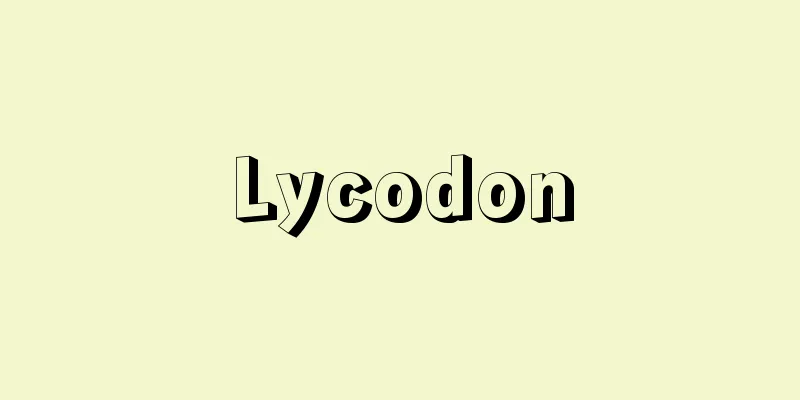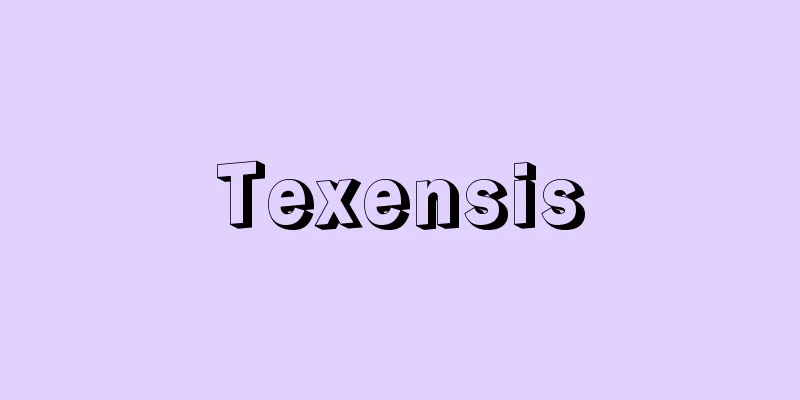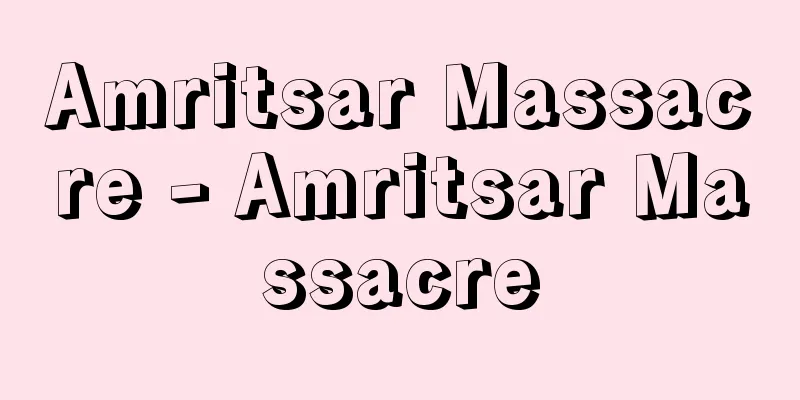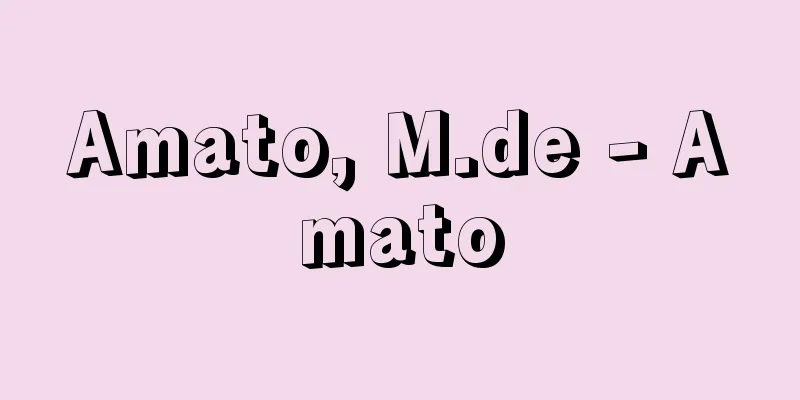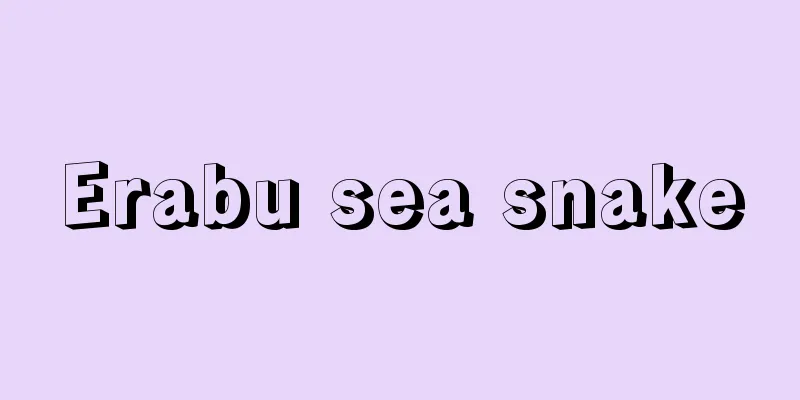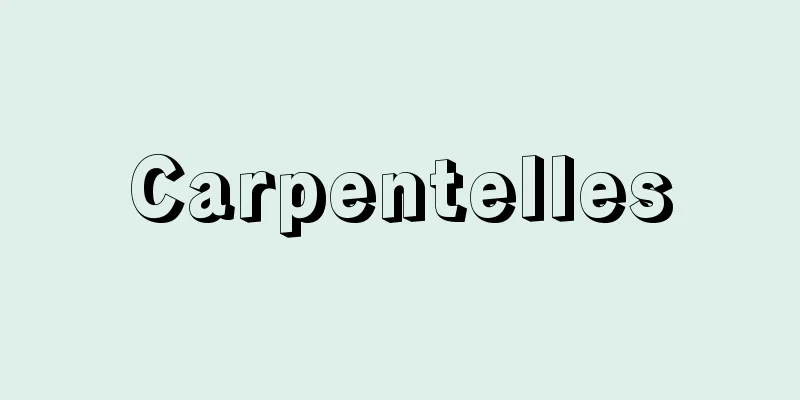Perspective drawing - Toushizu
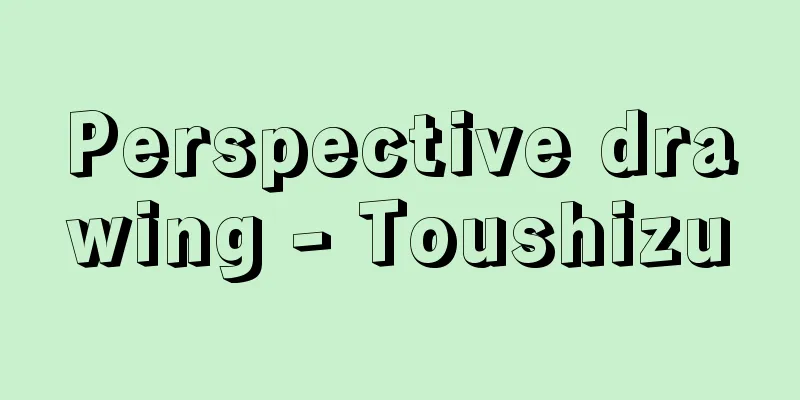
|
This is a geometric projection that was created in an attempt to draw on a flat surface an image that is as close as possible to the visible form. It is a type of central projection. Its origins can already be seen in ancient Greek paintings and reliefs, but it was not until the Italian Renaissance artists F. Brunelleschi and L. B. Alberti that attention was paid to the projection method itself. G. Desargues attracted attention during the development of this projection method, and his "Desargues Theorem," about the geometric relationship between a perspective drawing and the original figure, later became the fundamental theorem of projective geometry. The basis of perspective drawing is to consider a straight line (line of sight) that connects the eye (point of view) and the various points of the original figure, and the intersection of this line with a plane (picture plane) is the perspective of the original points. In this case, a plane (base plane) is considered as the basis for these, and a picture plane that is perpendicular to the base plane is called an upright picture plane, and one that is not is called an inclined picture plane. The latter is used when drawing a relatively large object or from close up, to avoid the undesirable distortion that occurs in the former, and there are bird's-eye perspective drawings (bird's-eye perspective drawings) and top-down perspective drawings. The line of intersection between the plane containing the viewpoint and the base plane and the screen is called the horizon. In the case of an upright screen, this plane is considered to be the horizontal projection plane of orthographic projection, and the screen is considered to be the upright projection plane. By drawing the plan and elevation of the original points, viewpoint, and line of sight, the intersection of the line of sight and the screen, that is, the perspective drawing, can be obtained. This is called the direct method, and is the basis of perspective projection. The perspective of a line can be obtained by connecting the perspectives of two points on the line. Although it is a point on this perspective, the intersection of a line of sight parallel to the original line with the screen corresponds to a non-existent point at infinity on the original line according to the axiom that parallel lines do not intersect, and is no longer a perspective. In other words, it is called a vanishing point, in the sense that it is the only point that has disappeared on the perspective. Since the vanishing point of parallel lines is the same, their perspectives are lines that converge at this vanishing point. A drawing method that uses this property is called a vanishing point method. In addition, the intersection (starting point) of the line with the screen is itself a perspective. The perspective from the starting point to the vanishing point is called a full perspective. When trying to obtain a perspective drawing of a rectangular parallelepiped using an inclined screen, the lines of sight parallel to each edge become straight lines in the three main directions, and there are usually three vanishing points. These three vanishing points can be obtained by focusing on the right-angled triangles hidden in the drawing. This is called the three vanishing point method. In the case of a general three-dimensional object, the perspective drawing is usually constructed and drawn based on a rectangular parallelepiped. [Yoshio Tamakoshi] "Graphic Science Handbook" edited by the Japanese Society of Graphics (1980, Morikita Publishing) [Reference] | |©Shogakukan "> Perspective drawing (direct method) ©Shogakukan "> Perspective drawing (vanishing point of line l) ©Shogakukan "> Perspective drawing (parallel line vanishing points and full perspective) ©Shogakukan "> Perspective drawing (vanishing point method) ©Shogakukan "> Perspective drawing (point method) ©Shogakukan "> Perspective drawing (three vanishing points method) Source: Shogakukan Encyclopedia Nipponica About Encyclopedia Nipponica Information | Legend |
|
できる限り目に見える形に近い図を平面上に描こうとして生まれた、幾何学的図法による図である。中心投影図の一類。 古代ギリシアの絵画やレリーフにすでにその萌芽(ほうが)がみられるが、図法自体への着目はイタリア・ルネサンスのF・ブルネレスキやL・B・アルベルティを待たねばならない。この図法の発展途上で注目されるのは、G・デザルグで、透視図と元の図形の間にある幾何学的関係についての「デザルグの定理」は、のちに生まれた射影幾何学の基本定理となった。 透視図の基本は、目(視点)と元の図形の諸点を結ぶ直線(視線)を考え、それと平面(画面)との交点が元の諸点の透視図であるとするものである。その際これらの基盤となる平面(基面)を考え、基面に垂直な画面を直立画面、そうでないのを傾斜画面という。後者は比較的大きな対象、もしくは近くから描く場合、前者に生ずる好ましくないゆがみを避けるために用いられ、鳥瞰透視図(ちょうかんとうしず)(俯瞰(ふかん)透視図)と仰瞰透視図がある。 視点を含み、基面に平行な平面と画面との交線を地平線という。直立画面の場合、この平面を正投影の水平投影面、画面を直立投影面とみなして、元の諸点、視点、視線の平面図と立面図を図示し、それによって視線と画面との交点、すなわち透視図を求めうる。直接法といって、透視図法の基本である。 直線の透視図は、直線上の2点の透視図を結ぶことで求めうる。この透視図上の点ではあるが、元の直線に平行な視線と画面との交点は、平行線は交わらないという公理によれば、元の直線上の無限遠の点という実在しない点に対応することになり、もはや透視図ではない。つまり、透視図上でその点だけ消えているという意味で、それを消点という。互いに平行な直線の消点は同一であるので、それらの透視図はこの消点に集まる直線である。この性質を用いる画法を消点法という。また直線と画面との交点(始点)はそれ自体透視図でもある。始点から消点までの透視図を全透視という。 傾斜画面によって直方体の透視図を求めようとすると、各稜(りょう)に平行な視線は三主方向の直線となり、消点は通常三つとなる。この三消点は図に潜む直角三角形に着目することで求めうる。これを三消点法という。一般の立体の場合のその透視図は、直方体を基礎にして構成、作図するのが通常である。 [玉腰芳夫] 『日本図学会編『図形科学ハンドブック』(1980・森北出版)』 [参照項目] | |©Shogakukan"> 透視図(直接法) ©Shogakukan"> 透視図(直線lの消点) ©Shogakukan"> 透視図(平行線の消点と全透視) ©Shogakukan"> 透視図(消点法) ©Shogakukan"> 透視図(測点法) ©Shogakukan"> 透視図(三消点法) 出典 小学館 日本大百科全書(ニッポニカ)日本大百科全書(ニッポニカ)について 情報 | 凡例 |
>>: Investment trust - Toushi Shintaku (English name) investment trust
Recommend
Ultramarine
…After wandering around the world, he moved to Ca...
Ikuta Shrine
Located in Shimoyamatedori, Chuo-ku, Kobe, Hyogo ...
Bow shooting - Yumiiru
〘From Ya-1〙 An arrow is attached to the bow, and i...
Uta - Song
…Few houses in fishing villages had workshops, so...
Yanadani [village] - Yanadani
A village in Kamiukena County, in the central-sout...
Kano Ikkei
Year of death: 20th January 1662 (10th March 1662)...
Okinawa Cultural Association
... The period after World War II can be broadly ...
Wooden sickle
…Medium-thick sickles are used to cut large weeds...
Ichiden Sanshu - Ichiden Sanshu
...This fact shows that the cultivation rights es...
Muscle relaxants
This refers to drugs that cause relaxation of ske...
The Human Condition
…In 1933, he fled Nazi persecution and emigrated ...
Kanayagami
…He is also known simply as Kanaya-no-kami or Kan...
Enma-do
〘Noun〙 A hall dedicated to King Kakuma. ※Taiheiki ...
Nicholas Kaldor
British economist. Born in Hungary, he graduated ...
Individual selection
One of the basic selection operations in plant bre...

